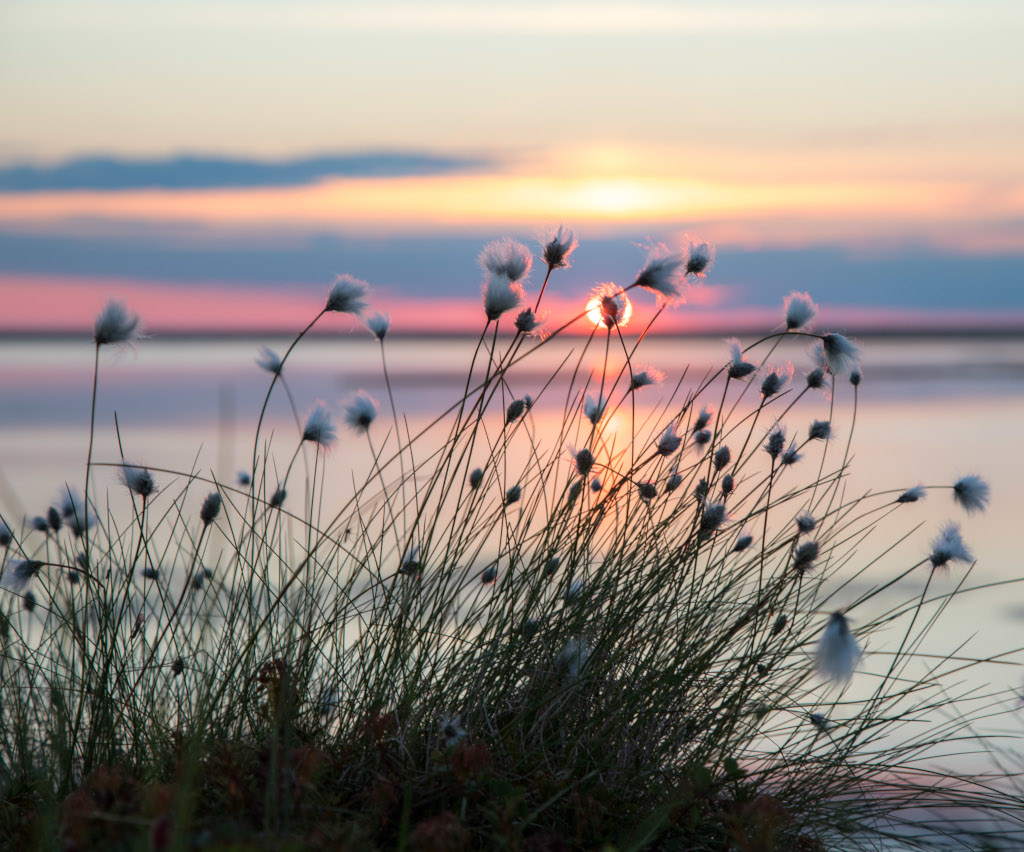The Arctic Ocean’s 5.4 million square miles border Russia, Norway, Iceland, Greenland/Denmark, Canada, and the United States. The Arctic Ocean is the smallest of the world’s oceans, but due to the extreme polar climate and the seasonal dynamics of sea ice presence and extent, it poses unique challenges to providing research support on the Arctic Ocean and Arctic sea ice. Compounding the physical and environmental conditions are complex political relationships across multiple nations, interactions with marine wildlife, and working around coastlines that are populated in some areas and desolate in others. Battelle ARO has addressed these challenges with coordinated efforts across different countries to stage for, and gain access to, the sea ice, sea ice camps, and research vessels.
Battelle ARO's support may include:
- Provision of research vessel contracting
- Assistance with cruise planning, port information, ship power interfaces for instrumentation, etc.
- Assistance with port calls including ship-to-shore transfers, sample shipment, vessel resupply, etc.
- Provisioning of marine mammal and community observers
- Logistics support (transportation, air support, field camps, cargo movement and procurements)
- Interaction and communication with government agencies for customs, permitting and other requirements
- Planning and execution of sea ice camps
- AMSEA and other pertinent safety trainings
- Guidance on local outreach and engagement
For more information on support available for Arctic Ocean based projects, please reach out to arctic.planning@battelle.org.
Other resources:
- University-National Oceanographic Laboratory System (UNOLS) - Submit ship time request forms for use of USCG vessels and UNOLS vessels and request shared use equipment.
- U.S. Coast Guard (USCG) - Information about the U.S. icebreaker fleet in support of research. Complete a UNOLS ship time request form on the UNOLS web site to use the USCG icebreakers.
- Ship-based Science Technical Support in the Arctic (STARC) - Planning and technical services for cruises on the USCGC Healy.
- Arctic Research Icebreaker Consortium (ARICE) - An international collaboration strategy for meeting the needs of marine based research in the Arctic
- R/V Sikuliaq CECSOP Community and Environmental Compliance Standard Operating Procedures
- AICC (Arctic Icebreaker Coordinating Committee) overview

Photo by: Mark Teckenbrock
Alaska Process Steps
Steps for executing your field season
STEP ONE:
PROPOSAL AND PRE-AWARD
During this process, PIease work with Battelle ARO to develop a proposed logistics plan and review the Suggested Reading by NSF. Researchers should also investigate all costs, including permitting and outreach, that need to be included direct-to-grant. Additional information can be found on our Proposal Estimate Support page.STEP TWO:
NEW FUNDED AWARDS
Battelle ARO securely saves your project record in our system. Records outline your science objectives, along with logistics plans for your fieldwork. If your proposal is recommended for award, the PI reviews the record and the project summary is provided to NSF.STEP THREE:
PRE-FIELDWORK PLANNING
There are several steps in planning for a successful field season. Teams members should sign up for all applicable Field safety training, acquire all needed permits, review interaction plans and work with your assigned Project Manager to finalize all planning to safely and efficiently execute your fieldwork.STEP FOUR:
EXECUTE FIELDWORK
Following the plan developed at the pre-fieldwork planning stage, PIs conduct fieldwork according to the planned scope and budget. Communicate any changes or deviations to your Project Manager and they will determine next steps.STEP FIVE:
INCIDENT REPORTING AND LESSONS LEARN
Reporting incidents and near misses is integral to NSF's risk management program. Lessons learned are considered anonymously to make improvements in program safety. Report incidents to your Project Manager, via the Gateway, or by contacting NSF directly.




